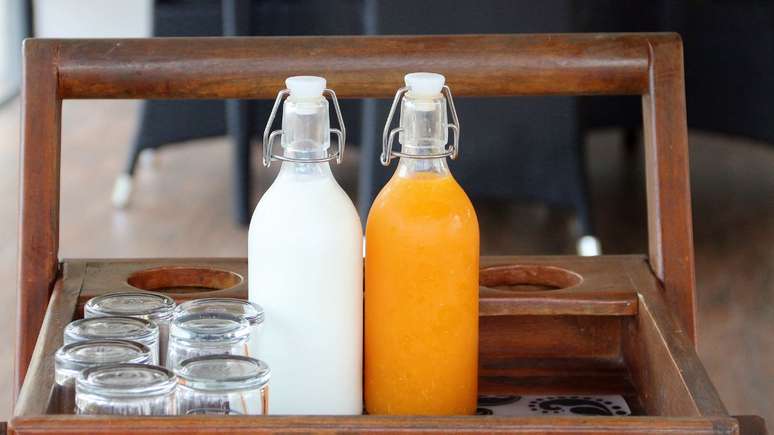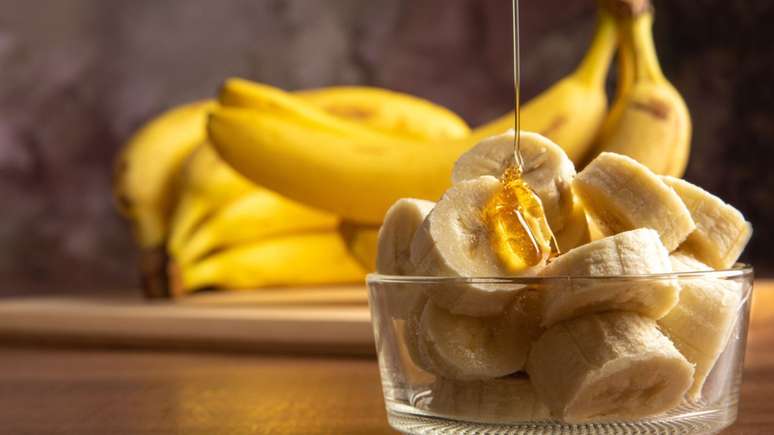Discover the Non Conventional Food Plants that were part of one of the dishes served at the inaugural dinner of the new president
Last Sunday (01), the Itamaraty Palace took place inauguration dinner of the new president of the Republic, Luiz Inacio Lula da Silva (PT). Some important and renowned chefs of the country were invited to serve their dishes during the event, including Morena Leite, Bela Gil, Kátia Barbosa, among others.

Some dishes, however, have attracted the attention of the public to present different elements from what we consume on a daily basis, as happened with carreteiro rice with egg and PANCserved by Chef Paolo Machado. Carter rice and egg do not cause any strangeness, however PANC may have left a big question mark in the head of anyone who took a look at that menu.
What are PANCs?
PANC is the acronym of Unconventional food plantswhich are plants or parts of plants which can be used in foodThat they are generally not used by people regularly. They are not a family of plants of the same species, but several different types, which can be native or exotic, spontaneous or cultivated.
What makes the plant considered a PANC, then, is the context in which it is inserted. It may be that a plant is commonly consumed in one region and not another, so in this second it is unconventional.
One of the main characteristics of PANCs is that they Hardly found in street markets, mainly because they are considered weeds, weeds or invasives, since many of them grow spontaneously together with other plants. By throwing them away we are miss the opportunity to consume foods with high nutritional value due to lack of information.
Although it has begun to gain more prominence recently for being used in the dishes of renowned chefs, such as Paulo Machado, in fact, they have been used in food for a long time, as they are easy to find. Especially in the old days, when man’s contact with nature was greater.
It is estimated that the number of plants consumed by humans it has dropped from 10,000 to 170 in the last hundred yearsaccording to the data of Food and Agriculture Organization of the United Nations (FAO). Looking at this number, we can see why there are so many PANCs around the world.
To find unconventional food plants is necessary go to the organic fairs or Ceasaand also it is possible to grow some at home. They are very suitable for healthy meals and can compose the most diverse dishes, such as salads, flours, condiments for meat, etc.
The book Unconventional Food Plants (Panc) in Brazil, launched in 2015, is a good source to learn more about this type of implant. There is also a guide with 351 species and 1,053 recipes for those who want to get their hands dirty.
How to consume PANC?
As already mentioned, each of these plants can be a different species, therefore require different preparations also. Some can be eaten raw and some need to be cooked or stir-fried.
Some of those it must be cooked, as they have to go through a process to eliminate substances that can cause health problems. Others can be cooked just to make them softer. The most important thing is to get to know the plant better before consuming it so as not to make mistakes..
Some examples of PANC
- Ora-pro-nobis
- Red fish
- Dandelion
- Taioba
- Sorrel
- Bertalha
- Milkweed
- Arrowroot
- nasturtium
- purslane
- Carurù
+The best content in your email for free. Choose your favorite Terra newsletter. Click here!
Source: Terra
Ben Stock is a lifestyle journalist and author at Gossipify. He writes about topics such as health, wellness, travel, food and home decor. He provides practical advice and inspiration to improve well-being, keeps readers up to date with latest lifestyle news and trends, known for his engaging writing style, in-depth analysis and unique perspectives.








